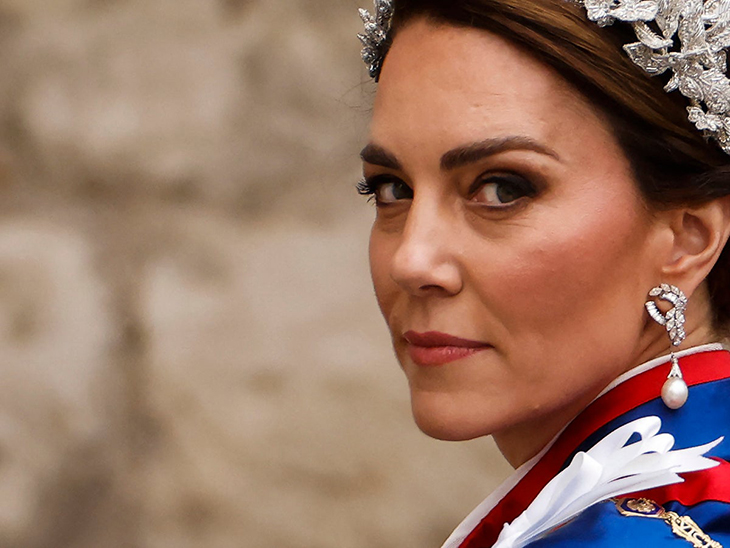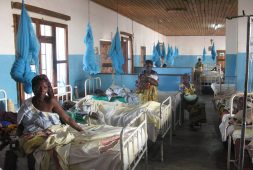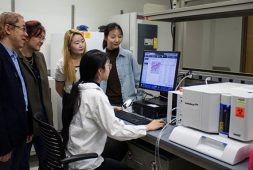
The world searched for answers when the Princess of Wales disappeared from the public eye. She was forced to tell her truth and that was when the world discovered that she was diagnosed with cancer. She told those who suffered the same fate, “Please do not lose faith or hope. You are not alone.” Adjuvant chemotherapy, or preventive chemo, helps to prevent tumors from growing or recurring following other treatments, like surgery.
Main Points to Remember:
- Adjuvant chemotherapy, often called preventive chemotherapy, is administered post cancer surgery.
- It aims to eliminate any residual cancer cells following tumor removal.
- The princess hasn’t disclosed her cancer type or the treatment she’s undergoing.
Catherine, Princess of Wales, has announced that she has begun a course of “preventative” chemotherapy following a diagnosis of cancer by doctors, which occurred subsequent to her abdominal surgery in January. Preventative chemotherapy is typically administered when tumors begin to grow or spread in the body. This treatment aims to halt the progression of cancer cells before they become more aggressive or widespread. It’s a proactive approach to managing the disease and reducing the likelihood of further complications.
The cancer wasn’t suspected before she had the operation, but when tests done after, the doctors found that “cancer had been present,” Catherine said in a video statement she made. “My medical team therefore advised that I should undergo a course of preventative chemotherapy, and I’m now in the early stages of that treatment,” she said in the now famous video.
Kate Middleton, now 42 years old, has chosen to keep details about her cancer diagnosis private, including the type and stage of cancer, as well as specifics about her chemotherapy treatment. While she hasn’t disclosed this information, it’s common for individuals undergoing preventive chemotherapy, also known as adjuvant chemotherapy, to inhibit tumor growth or prevent recurrence. This approach is frequently recommended by doctors who specialize in cancer treatment, although they are not directly involved in her medical care.
All About Preventive Chemotherapy
“Adjuvant or preventative chemotherapy is typically given after the cancer is surgically removed,” Andrea Cercek, MD, a codirector of the center for young onset colorectal and gastrointestinal cancers at the Memorial Sloan Kettering Cancer Center in New York City, said.
“The reason it is given is because the stage of the disease suggests there might be some microscopic cancer still remaining in the body, and the point of the chemotherapy is to get rid of it,” Dr. Cercek said.
The Recipients of Preventive Chemotherapy
Preventive chemotherapy is typically not recommended for stage 1 cancers, which consist of the smallest tumors localized to one area of the body, according to insights from Cercek. Instead, it is more commonly prescribed for cancers advancing to stage 2, characterized by localized growth without spreading, as well as for more complex scenarios involving advanced or metastatic cancers that have migrated to other body regions.
Aditya Bardia, MD, MPH, a distinguished professor and director of translational research integration at UCLA Health Jonsson Comprehensive Cancer Center in Los Angeles, highlights that various solid tumors, such as breast and colon cancer, may undergo preventive chemotherapy following surgical intervention. This approach underscores the significance of preemptive treatment strategies in managing cancer progression and enhancing patient outcomes.
“The goal is to mop up any residual cells and treat micro-metastatic disease to prevent disease recurrence,” Dr. Bardia said.
Andrea Porpiglia, MD, an associate professor at the Fox Chase Cancer Center in Philadelphia, suggests that abdominal surgery is the first step in treating various types of solid tumors, which can then be followed by preventive chemotherapy.
“There are too numerous possible cancers to list them all, but several examples include gastrointestinal cancers, gynecologic cancers, and genitourinary cancers,” Dr. Porpiglia said.
Bardia explains that preventive chemotherapy often entails a regimen of various medicines administered in different forms, commonly via intravenous (IV) treatments lasting up to six months.
The Reported Side Effects of Preventive Chemotherapy
Side effects may vary but should be anticipated, as chemotherapy is distributed throughout the body and can affect both healthy and cancerous cells.
“Side effects are dependent on the type of treatment given, but some common side effects include fatigue, nausea, vomiting, anemia, and decrease in appetite,” Porpiglia also said. “However, we have excellent medications to combat these side effects and most side effects abate after the treatment stops.”
According to doctors, the age of patients can influence the decision to recommend preventive chemotherapy. They consider the balance between the risks of side effects and the potential benefits of preventing cancer recurrence. It’s often more typical to recommend preventive chemotherapy for younger patients than for elderly ones.
Kimmie Ng, MD, MPH, an oncologist at the Dana-Farber Cancer Institute in Boston, notes that cancer diagnoses are increasing among people under 50, such as Catherine. This suggests a shift in the demographics of cancer incidence.
“As she is only 42 years old, this is another concerning example of the rising rate of cancer among adults under the age of 50,” Dr. Ng said. “There is an urgent need for research into the causes of this uptick.”



